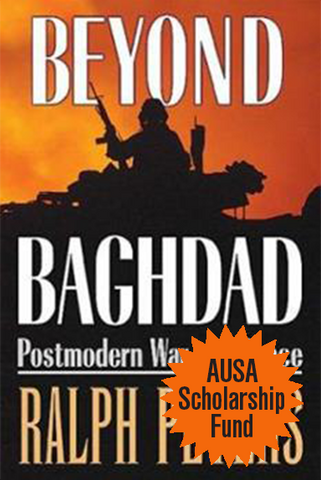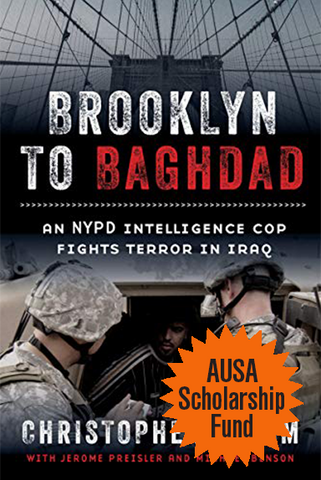
The Escape Line — How the Ordinary Heroes of Dutch-Paris Resisted the Nazi Occupation of Western Europe
Hardback, 410 pp
Copyright 2018 by Megan Koreman
So began what became known as the Dutch-Paris escape line. Over the next three years, it grew from a two-person border operation into one of the most extensive resistance organizations of World War II, running from the Netherlands through Belgium and France and into both Switzerland and Spain, numbering 330 members and rescuing around a thousand people. Dutch-Paris has never received full recognition for the scope and diversity of its activities, in part due to the very methods behind its extraordinary success. Recording anything was dangerous, and the human links in the chain often didn't know one another so no one's safety would be compromised.
The risks Weidner and others took were countless and the challenges were endless. Traveling more than a few miles in occupied Europe required an ever-changing combination of special travel passes issued by the local authorities, as well as ration cards, marriage certificates, work documents, and official explanations for what a man of military age was not in uniform or not working for the Third Reich in some capacity. Dutch-Paris largely improvised its operations -scrounging for food on the black market, forging documents, and raising cash. In addition to Jews, it helped resistance fighters, saved Allied airmen who had bailed out of their planes or crash-landed, and spirited out young men looking to get to London to enlist. Dutch-Paris also acted as a messenger s system for the Dutch government-in-exile, smuggling microfilm with news and information about the home front. As the need grew more desperate, so did the determination to meet it. Hunted relentlessly by the Gestapo, many members were captured and sent to labor camps. Yet Dutch-Paris continued to function until the war's end.
Using recently declassified archives, some to which she was given exclusive access Megan Koreman, herself the daughter of Dutch parents who families were resisters, adds a vital new dimension to our understanding of resistance organizations in World War II. The Escape Line is an immersive and inspiring account of one such organization and the ordinary people who made it extraordinary.




